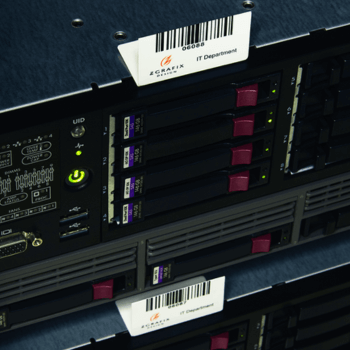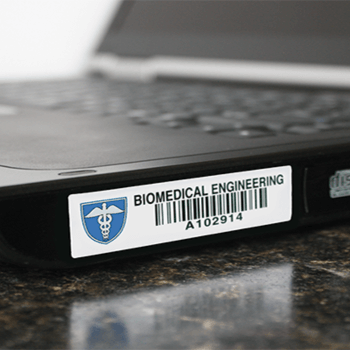IT (information technology) asset management, or ITAM, refers to the process of managing and optimizing an organization's IT assets, which include hardware, software, networks and data. The goal of IT asset management is to maximize the value of IT resources while minimizing associated risks and costs.
Key Aspects of IT Asset Management
- Inventory and Documentation - This involves creating and maintaining an inventory of all IT assets within an organization. This includes computers, servers, networking equipment, software licenses and more. Each asset is typically tracked with specific details like make, model, serial number, location and warranty information.
- Lifecycle Management - ITAM involves managing assets throughout their entire lifecycle, from procurement to disposal. This includes planning for procurement, tracking usage and eventually retiring or replacing assets.
- Cost Optimization - ITAM aims to optimize costs associated with IT assets. This involves identifying unused or underutilized assets and reallocating or retiring them.

- Documentation and Reporting - Comprehensive documentation and reporting are crucial for effective IT asset management. This includes maintaining records of all assets, their configurations and their status.
- Resource Optimization - ITAM helps in allocating IT resources efficiently. This involves ensuring that assets are deployed where they are most needed and that they are used to their fullest potential.
Why Is IT Asset Management Important?
IT asset management is crucial for both individuals and businesses in ensuring their organization is as efficient and productive as possible.
- Resource Utilization - Effective asset management helps in maximizing the utilization of resources. It ensures that assets are used efficiently and effectively, reducing waste and unnecessary expenses.
- Cost Reduction - By tracking and managing assets, organizations can identify areas where costs can be minimized. This may involve consolidating resources, retiring obsolete equipment or renegotiating contracts with suppliers.
- Compliance and Risk Management - Proper asset management ensures that organizations comply with legal and regulatory requirements. This can include keeping records, adhering to industry standards and managing assets in an environmentally responsible manner. It also helps in minimizing risks associated with theft, loss or damage.
- Improving Productivity and Performance - Well-managed assets can enhance operational efficiency and productivity. This is particularly important in industries where equipment downtime can lead to significant losses.
- Strategic Planning - Asset management provides insights into the current state of an organization's assets. This information is critical for making informed decisions about future investments, upgrades and expansions.

- Financial Reporting and Accountability - For businesses, accurate and up-to-date records of assets are essential for financial reporting. This includes balance sheets, depreciation calculations and tax reporting.
- Preventing Theft and Loss - Asset management systems often include tracking mechanisms, which can help in preventing theft or unauthorized use of assets. This is particularly important for high-value items or sensitive equipment.
- Supporting Disaster Recovery and Business Continuity - Knowing what assets are in place and their value is crucial in the event of a disaster. It allows for quicker and more efficient recovery efforts, ensuring that critical operations can resume as soon as possible.
- Customer Satisfaction and Service Delivery - For businesses, effective asset management can lead to improved service delivery. This could include ensuring IT systems are up-to-date to provide uninterrupted online services.
- Maintaining Competitive Advantage - In many industries, having the right assets and technology can provide a competitive edge. Proper asset management ensures that an organization stays current with industry trends and technological advancements.
Overall, IT asset management is an essential practice for organizations of all sizes, as it helps them make informed decisions about their IT investments, maintain compliance and optimize costs and resources. It provides a structured approach to managing the vast array of technological resources that organizations rely on for their operations.
For more information on IT asset management and why it is important, contact us at 800-437-5283 or [email protected].
 | About the Author: Marianne AlvaradoMarianne Alvarado is our Vice President of Sales. Alvarado joined Metalcraft in March of 2000 as a Territory Specialist, became Sales Manager in January 2022 and was named Vice President of Sales during August of 2023. She leads both the Outside and Inside Sales teams. Marianne lives in Davenport with her husband, Dave Beeman. Mobile Phone: 641-529-9492 Email: [email protected] Office: 3360 9th St. SW, Mason City, IA 50401 Office Phone: 641-423-9460 |




